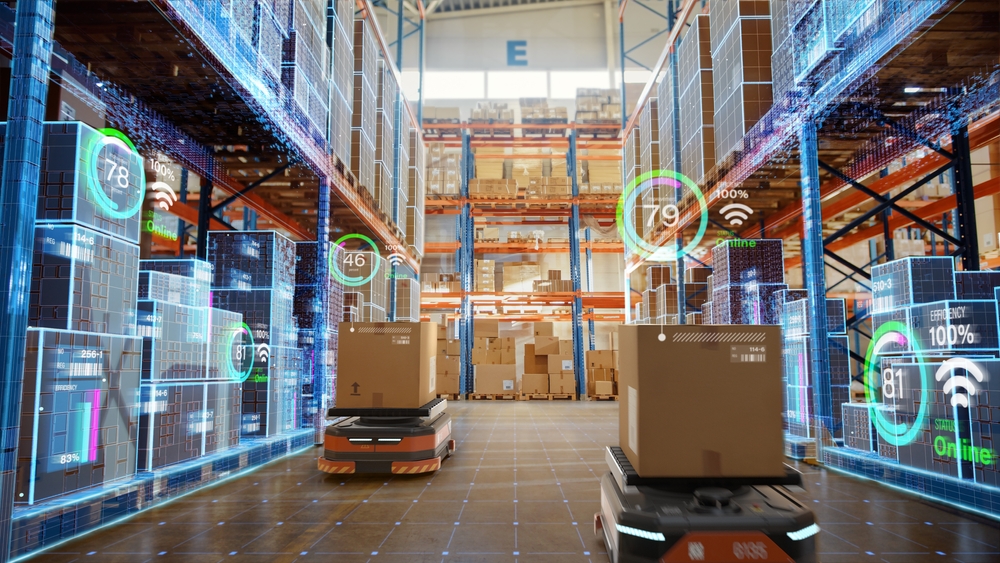The year 2025 marks a turning point for cybersecurity. The sophistication of threats, coupled with the complexity of corporate infrastructures, has created a scenario where risk is no longer occasional but constant. We are no longer talking about isolated incidents, but about persistent and adaptive campaigns that exploit every possible vulnerability, from highly targeted social engineering (spear phishing) to supply chain attacks, advanced persistent threats (APTs), and ransomware capable of spreading almost invisibly.
The traditional response, based on defenses and reactive actions after the fact, is outdated. Companies need to transition to an approach supported by continuous compromise intelligence, capable of identifying malicious activities in real-time and based on concrete evidence.
Within this context, there are five core challenges that will determine the success or failure of a security operation in 2025, which are:
1 – Alert overload of irrelevant alerts: The volume of security data generated by tools like SIEMs, EDRs, and firewalls is massive. According to a report by Gartner, a research and advisory company, 75% of these alerts are false positives or irrelevant. The problem is not just analyst fatigue, but the real risk that a critical incident may be lost in the noise.
A company that integrates a continuous compromise system may find that about 80% of their SIEM alerts do not pose a real threat. By filtering and prioritizing relevant events, it is possible to reduce the average response time by up to half. This demonstrates that the battle is not for more data but for more qualified data.
2 – Lack of real visibility: The digital transformation has dissolved the concept of perimeter. Today, the attack surface includes mobile devices, cloud environments, remote endpoints, and hybrid networks. Traditional tools, designed to monitor fixed borders, fail to detect lateral movements, beaconing, or discreet connections to command and control servers.
A study by the Ponemon Institute, an independent research institute, found that 56% of data breaches are caused by lack of visibility and the ability to respond quickly. The solution lies in continuously monitoring all network communications, regardless of origin or destination, enabling the identification of anomalous behaviors before they become critical incidents.
3 – Shortage of qualified professionals: The global shortage of cybersecurity experts exceeds 3.5 million, according to Cybersecurity Ventures, a research company specializing in cyber security. This bottleneck means that many companies operate with reduced and overstressed teams, increasing the risk of errors and delays.
By automating threat detection and prioritization of real threats, it is possible to alleviate this pressure. Organizations that have adopted continuous compromise intelligence can report reductions of up to 60% in response time, freeing up human resources to act more strategically.
4 – Tools that do not communicate with each other: In the effort to protect themselves, companies accumulate various solutions: SIEM, EDR, DLP, antivirus, firewalls, and NDR, but without integration, these tools create data silos that make event correlation difficult and delay decision-making.
The key lies in platforms capable of natively integrating with existing ecosystems, such as Splunk, QRadar, Elastic, Palo Alto, Fortinet, Checkpoint, and SOARs. Thus, security ceases to be a disconnected patchwork and begins to operate as a unified organism, with a continuous flow of information and shared context.
5 – Reactive incident response: Perhaps the most critical challenge is the reactive posture. I notice that in many companies, the average time to detect a critical threat still exceeds 200 days. This delay is practically an invitation for attackers to fully exploit the compromised infrastructure.
With continuous compromise intelligence, this window can drop to less than five minutes. The difference is not just technical, it’s strategic. Almost immediate detection not only reduces damage but also allows to contain the attack before it creates legal, financial, and reputational repercussions.
What effective cybersecurity demands in 2025
Overcoming these challenges requires more than technology; it demands a mindset change. It is essential to adopt a defense model that eliminates noise, prioritizes truly relevant events, and discards false positives; ensures total visibility, regardless of where assets and users are; optimizes human resources by automating processes and freeing up experts for strategic tasks; unifies the security ecosystem by integrating tools for coordinated response; and maintains constant vigilance, reducing the exposure window from months to minutes.
In 2025, the ability to detect, understand, and act with agility in the face of a threat is not a competitive differentiator, it is a prerequisite for survival. Companies that grasp this now will not only be protected against the current scenario but prepared for what is to come.
Wilson Piedade is the Chief Operating Business of the Oakmont Group, focusing on the development of new business models and new partnerships to seek a competitive edge and achieve better results.








